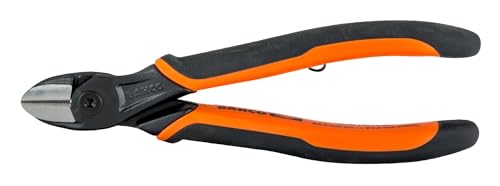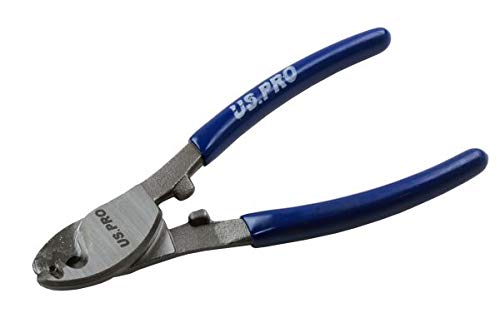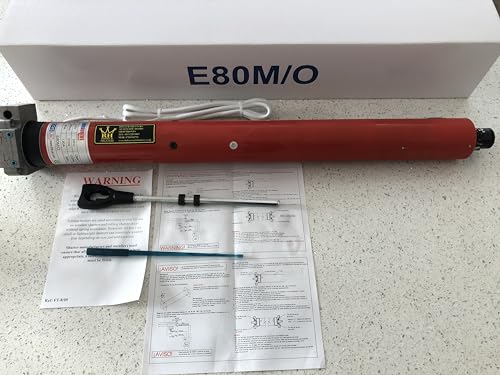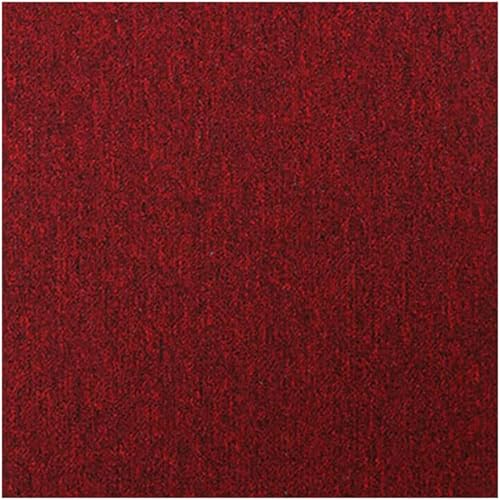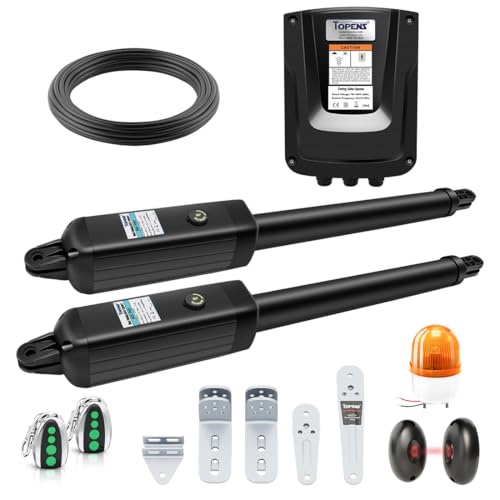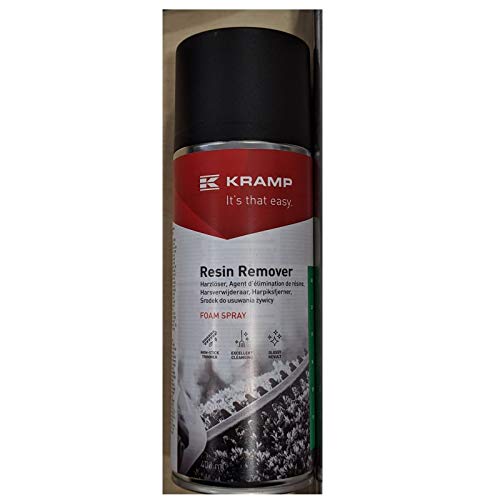Understanding Wire Cutters: What They Are and How They Work
What Are Wire Cutters?
Wire cutters, also known as wire snips, are hand tools specifically designed for cutting wires and small rods. Think of them as the scissors of the tool world, built with a sharp cutting edge to easily slice through tough materials like electrical wires or thin metal. They often come in various shapes and designs, but their primary function remains the same: to cut through wire with precision and ease.
How Do Wire Cutters Operate?
These tools typically consist of two handles and a pair of sharp blades. When you squeeze the handles together, the blades come together, cutting through the wire in between. This simple yet effective mechanism allows for greater control and accuracy, making it essential for tasks that require detailed work, like electrical installations or crafting. Whether you are tackling a DIY project or making repairs around the house, understanding this functionality will help you choose the right cutter.
Key Features to Consider When Choosing a Wire Cutter
Types of Blades
The type of blade can significantly affect performance. We can find wire cutters with different blade shapes, such as flat or angled heads. Flat blades are ideal for straight cuts, while angled blades can reach into tighter spaces. Selecting the right blade shape for your specific needs can enhance your cutting efficiency.
Handle Comfort and Grip
Since we often use wire cutters for extended periods, handle design is crucial for comfort. Look for rubberised or cushioned grips which provide better control and reduce hand fatigue during prolonged usage. The material can also impact the durability of the tool, ensuring it withstands the test of time.
Cutting Capacity
When it comes to wire cutters, every tool comes with its own cutting capacity, which determines the thickness of wire it can handle. It’s essential to check the specifications of the cutter to ensure it meets your specific needs. For instance, if you plan to work with thicker electrical wires, look for a cutter rated for larger diameters.
Portability and Weight
Depending on whether you plan to use your wire cutters primarily at home or take them on the go, weight and size will come into play. Lightweight, compact models are great for portability, while more robust tools might provide better cutting power but can be bulkier. Assess your usage to find the perfect balance.
Top Wire Cutter Options for Different Needs
For DIY Enthusiasts
If you’re a DIY enthusiast, consider wire cutters with multi-functionality, allowing for cutting, stripping, and crimping wires. This versatility means you’ll be prepared to tackle various projects without needing multiple tools. Look for brands that offer durability and additional functionalities.
For Professional Electricians
Professionals should go for heavy-duty wire cutters designed for frequent use. These tools often feature robust construction and high-quality materials, ensuring they can handle tougher tasks while maintaining sharpness over time. Choosing a well-regarded professional brand can also add to your confidence in the tool’s performance.
For Crafting and Small Projects
For lighter tasks, such as crafting or minor repairs, smaller and more precise wire cutters are ideal. Look for ergonomic designs that fit comfortably in your hand and sharp blades for accurate cuts. These can often be found in craft supply stores or hardware sections, providing an excellent option for hobbyists.
Essential Maintenance Tips for Your Wire Cutter
Cleaning Your Wire Cutter
To ensure your wire cutter remains in top shape, regular cleaning is essential. After use, wipe the blades with a cloth to remove any debris or residue that may cause rust or dullness. If your tool starts to feel sticky or catches when cutting, a thorough cleaning should be the first step.
Lubricating the Joints
Regularly lubricating the pivot joint will help maintain smooth action. A few drops of machine oil at the pivot point will keep the tool operating easily. Just be careful not to over-lubricate, as oil can attract dirt and debris.
Storing Your Wire Cutter Safely
When not in use, store your wire cutter in a dry place, ideally in a toolbox or a drawer where it won’t become a hazard. Using a protective sheath or cover can also prolong its life, preventing the blades from becoming dull or damaged.
FAQs About Wire Cutters: Your Common Questions Answered
What’s the difference between wire cutters and wire strippers?
While wire cutters are designed for cutting through wire, wire strippers are tools specifically constructed to remove insulation from wires without cutting the wire itself. It’s worth noting that many wire cutters may include stripping capabilities, but their primary function remains cutting.
How do I know if I have the right size wire cutter?
Selecting the correct size of wire cutter can be determined by considering the wire types you typically work with. For example, if you often cut thick cables, a larger cutter will be necessary to ensure clean cuts. Always check the specifications provided by the manufacturer regarding the maximum wire size the cutter can handle.
Can I sharpen the blades of my wire cutter?
Yes, many wire cutter blades can be sharpened to restore their cutting ability, although not all types are designed for this. For those that can be sharpened, a file or sharpening tool can do the trick, but always refer to the manufacturer’s guidelines to avoid damage.


